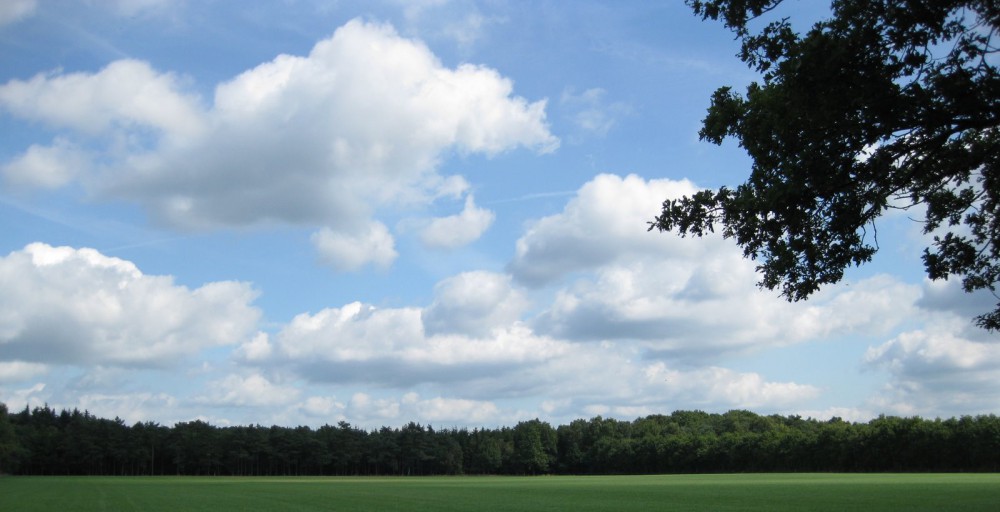[Advayavada Study Plan – week 37] Advayavada Buddhism does not tell you what to do or believe, but invites us all to make the very best of our own lives by attuning as best as possible, by means of the Noble Eightfold Path, with wondrous overall existence advancing over time now in its manifest direction; we seek to become a true part of the whole in this way, and our reference standard is wondrous overall existence and not misguided and failing mankind.
In Advayavada Buddhism, the Noble Eightfold Path is fully personalized: it is firmly based on what we increasingly know about ourselves and our world, and trusting our own intentions, feelings and conscience. Adherence to the familiar five precepts (not to kill, not to steal, sexual restraint, not to lie, and refraining from alcohol and drugs), and a well-considered understanding of the Buddha’s four noble truths and of the, in Advayavada Buddhism, four signs or marks or basic facts of being (lakshanas), suffice to start off and proceed on the Noble Eightfold Path at any time.
Evolution or, in human terms, progress (pragati in Sanskrit), i.c. our natural impulse or drive to thrive, change and advance is recognized, in Advayavada Buddhism, as the fourth sign of being or caturtha lakshana (cf. conatus). To follow the personalized Noble Eightfold Path is our way of responding to it and, when done conscientiously, it becomes nothing less than the main karmic (and neuroplastic) factor in our life, i.e. in our fleeting share in the universal interdependent origination process (madhyamaka-pratityasamutpada) that brings forth wondrous overall existence.
The purpose of this autonomous and open-ended 13-week Advayavada Study Plan (ASP), which can conveniently be repeated four times in a calendar year, is that we study and debate in a local group, the family circle or with good friends the meaning and implications of the weekly subject, not as a formal and impersonal intellectual exercise, but in the context of whatever we ourselves are presently doing or are concerned with, or about, or affected by, such as our health and state of mind, relationships, work, study, social environment and circumstances, etc.
In week 36, we implemented our improved modus operandi as best as possible and to continue with this third quarter’s ASP, during this week, week 37, we shall again concentrate on mustering our very best effort and commitment to fulfil our improved objective. This task is based on the sixth step on the Buddha’s Noble Eightfold Path: samma-vayama (in Pali) or samyag-vyayama (in Sanskrit); in Advayavada Buddhism’s personalized usage: our very best effort and commitment; in Dutch: onze beste inspanning (de zesde stap op het edele achtvoudige pad).
Importantly, as we advance properly along the Buddha’s Middle Way responding to his promise of Nirvana, we shall at the same time be ridding ourselves of the so-called ten fetters (dasa-samyojana) that would restrict us to samsaric life: 1) belief in the self, 2) scepticism regarding the Path, 3) attachment to rituals, 4) partiality for certain things, 5) prejudice against certain things, 6) clinging to physical life, 7) hope of a hereafter, 8 ) conceit and pride, 9) intolerance and irritability, and 10) the last remnants of our ignorance of the true nature of reality.
Please take care of yourself and others by following the official pandemic guidelines, particularly those concerning hand washing, social distancing and where and when to use a mask! Please be supportive of the vaccination programmes as they are rolled out; beware of false information about the vaccines and of conspiracy theories generally – population immunity is a must. Feel free to share this post: these systematic teachings are beneficial for anyone (also non-Buddhists) and those interested can follow this weekly ASP themselves on, for instance, advayavadabuddhism dot org and/or by joining our research network on Facebook. Our recently updated website advayavada dot org contains comprehensive information about the Advayavada understanding of Buddhism and has a handy search box at the bottom of each page.
